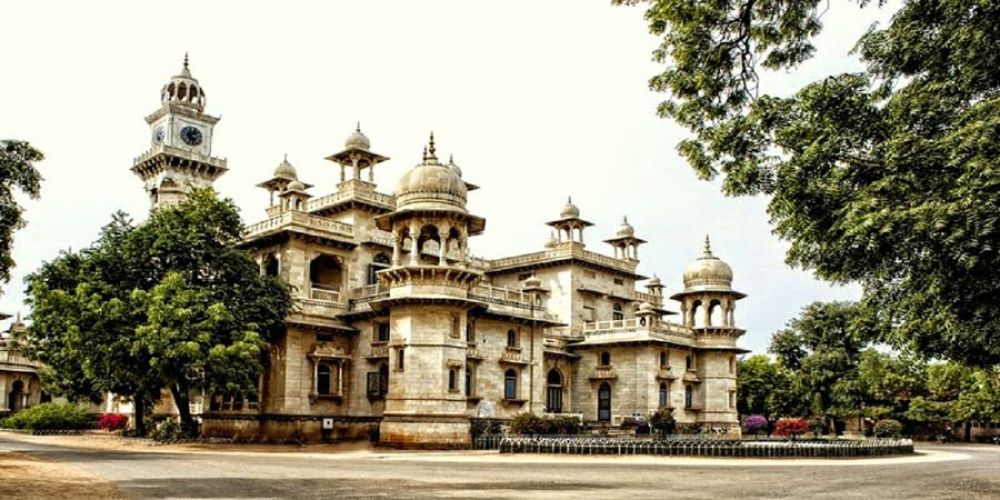

Nestled on the banks of the sacred Pushkar Lake, the Man Mahal in Pushkar is one of the most prominent historical sites in Rajasthan, India. Built by the Rajput ruler, Maharaja Man Singh I of Amber, this grand palace is a testament to the majestic architectural heritage of the 16th century. Man Mahal is not only renowned for its historical significance but also for its stunning Rajasthani architecture, which attracts numerous tourists as well as devotees every year.
Man Mahal was constructed as a royal guesthouse for Maharaja Man Singh I during his visits to the holy city of Pushkar. Over time, it has witnessed numerous royal sojourns and has played a significant role in the hospitality of the Rajputana regime. Its proximity to the Pushkar Lake, which is one of the most sacred lakes for Hindus, adds to the destination’s spiritual allure, making it a popular site for pilgrimage and cultural tourism.
The palace has been designed with elements of Rajput and Mughal styles of architecture, showcasing intricate carvings, stone works, and beautiful jharokhas (overhanging enclosed balconies). The use of high-quality materials along with superior craftsmanship is evident in its surviving structures, which stand as a testament to the artistry of the time. Even in its present state, Man Mahal’s architecture interests historians, architects, and culture enthusiasts alike.
Tourism at Man Mahal has evolved over the centuries. Initially, the primary visitors were pilgrims visiting the Pushkar Lake. However, with the enhancement of travel facilities, the increase of awareness through media, and the promotion of Rajasthan’s royal heritage by the state’s tourism department, Man Mahal has emerged as a key historical destination. Cultural tourism gained momentum as more international and domestic tourists started exploring the rich heritage of Rajasthan.
In recent years, sustainable and experiential tourism trends have influenced the way tourists visit places like Man Mahal. There's an increased interest in boutique accommodations and immersive cultural experiences. Recognizing this, part of the Man Mahal has been converted into a heritage hotel, the RTDC Hotel Sarovar, which allows visitors to experience the royal grandeur of the past while ensuring modern comforts. Pushkar Fair, which is held annually near Man Mahal, adds a vibrant element to the tourist calendar, featuring various cultural programs, camel races, and handicraft exhibitions. The fair significantly boosts tourism in the region.
Recognizing the historical and cultural value of Man Mahal, conservation efforts are underway to preserve this architectural wonder. The government, along with various heritage conservation bodies, has initiated projects to maintain the structural integrity and original aesthetics of the palace. These initiatives are pivotal to protecting the palace's legacy for future generations.
For those planning to visit, Man Mahal is accessible throughout the year, with the winter months of October to March being the best time to visit due to the pleasant weather. When in Pushkar, a visit to Man Mahal is highly recommended for those looking to explore the splendor of Rajasthani architecture and indulge in the rich tapestry of India's historical saga.
As Pushkar continues to be a significant pilgrimage and tourist destination, Man Mahal stands as a proud emblem of the city's historical and cultural fabric, inviting travellers from across the globe to witness its undying charm and grandeur.